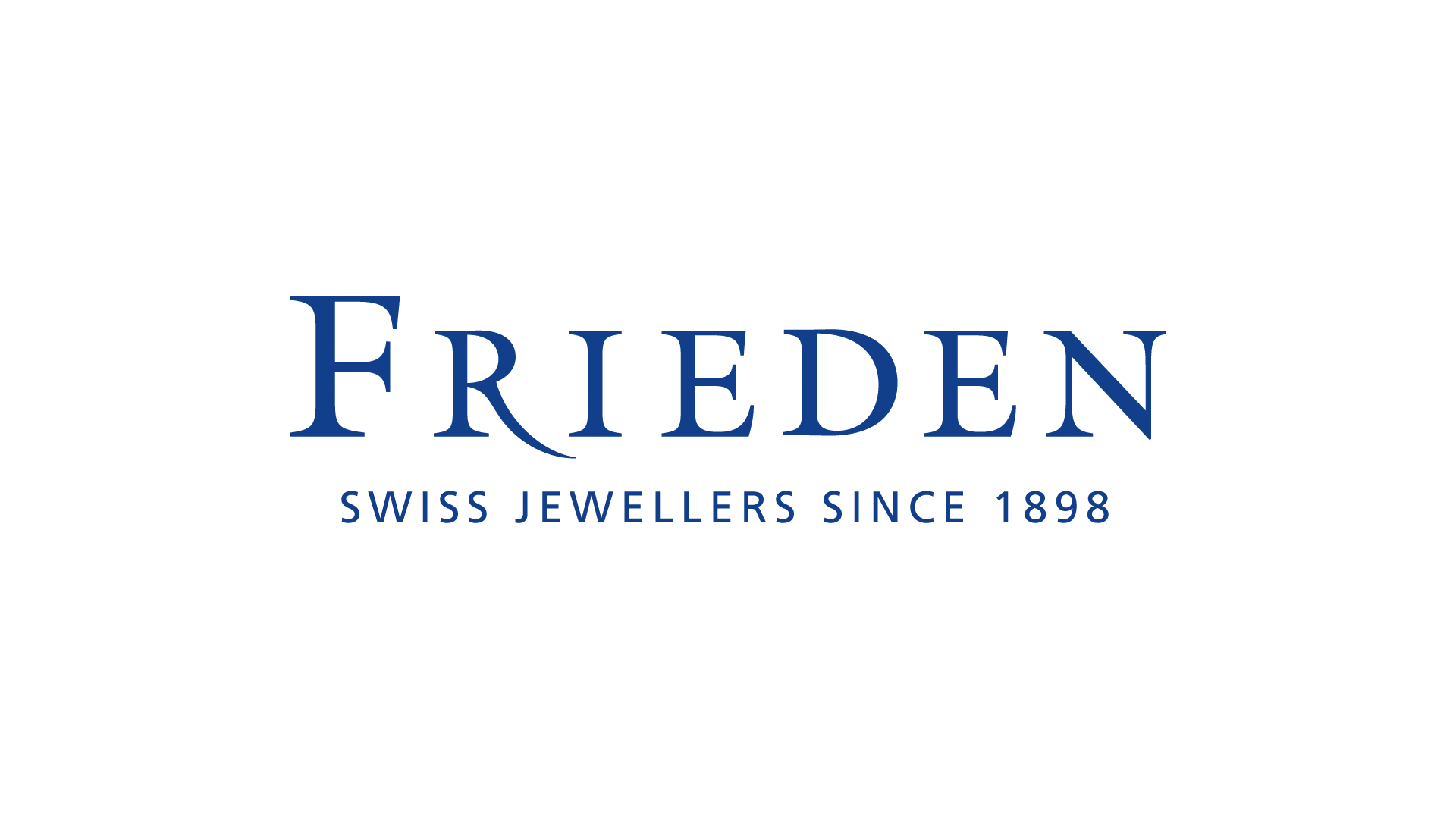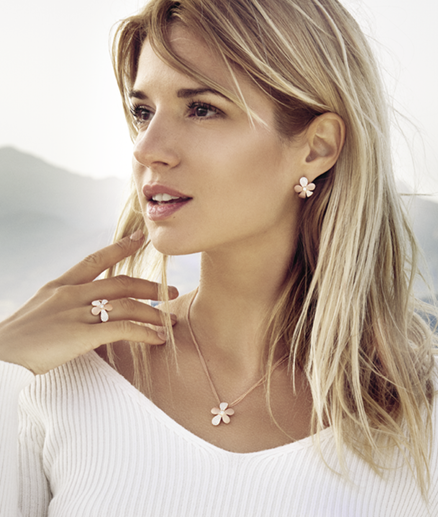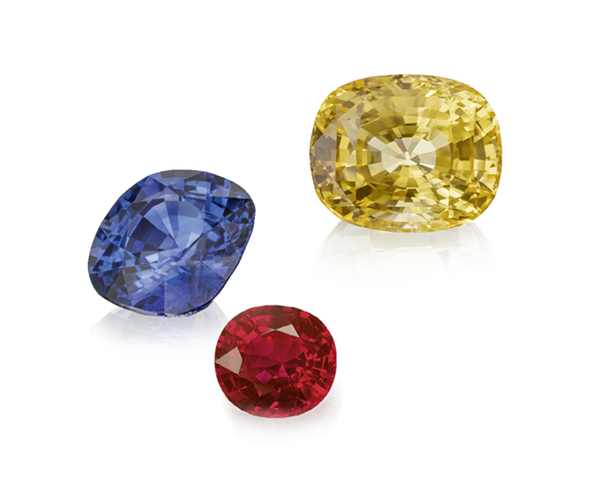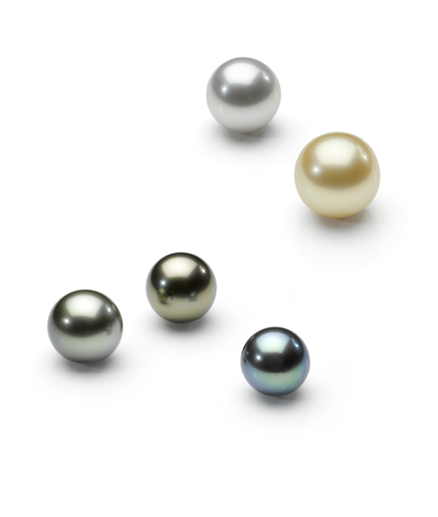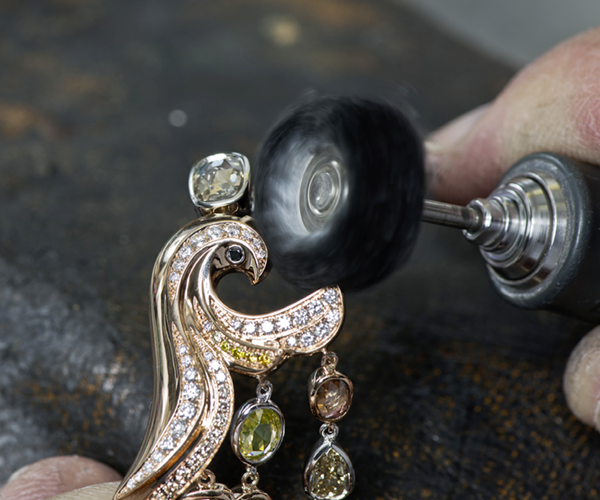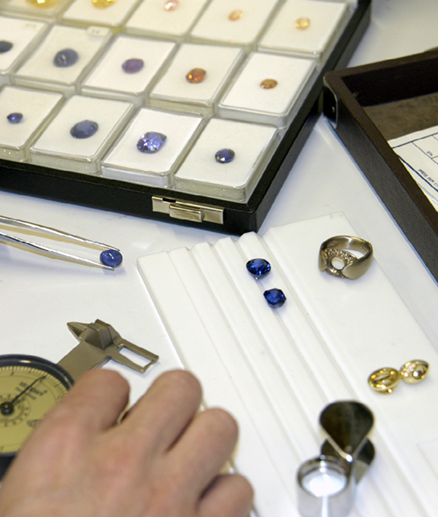Pearl farming and pearl trade
Over 100 years ago, scientists discovered how to cultivate pearls in commercial quantities. At first there were only the classical Japanese Akoya cultured pearls, later came the Japanese freshwater pearls, cultivated in Lake Biwa. At the same time, there were various successful experiments in the South Sea using Pinctada Maxima mussels, which produce beautiful creamy-white and golden coloured pearls. A few years later, the successful cultivation of the Pinctada Margaritifera in the Pacific archipelago around Tahiti produced amazing grey to black coloured pearls. These pearls were extremely attractive and much larger in size than Akoya cultured pearls. Towards the end of last century, the Chinese successfully started producing a large variety of freshwater pearls.
Cultivation of pearls
As a reaction to an injury or a tiny foreign body that enters the mantel tissue, the oyster secretes mother of pearl, a crystalline substance, that coats many layers around the foreign body to form a pearl.
Of the over 8000 known species of double-shelled mussels, only about 20 are capable of producing pearls. The genus Pinctada produces the highest quality pearls, it can only be found in salt water. Pearl mussels of the genus Hyriopsis live in fresh water.
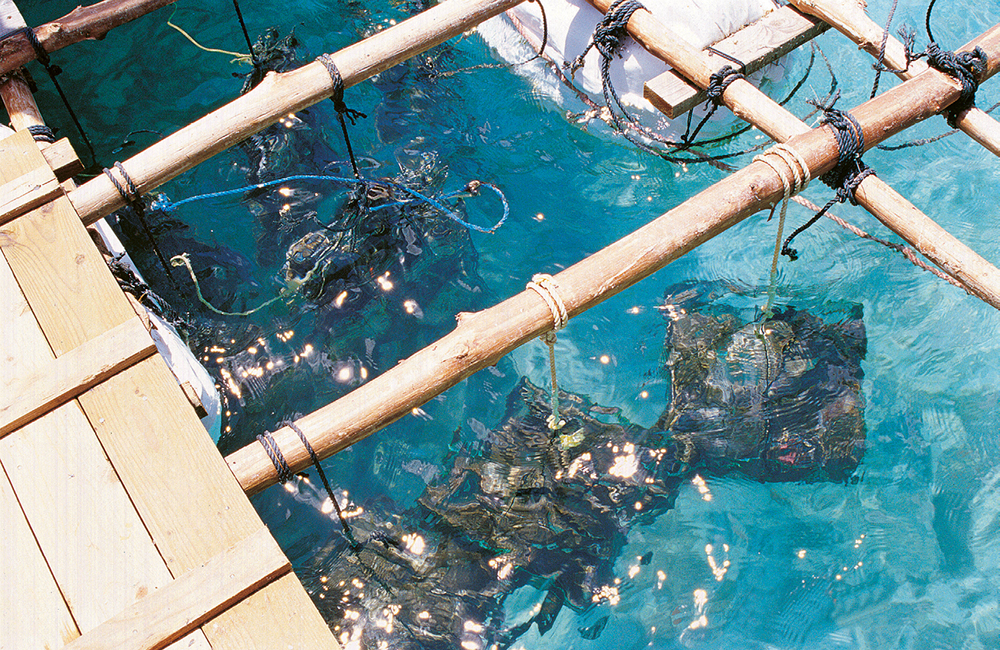
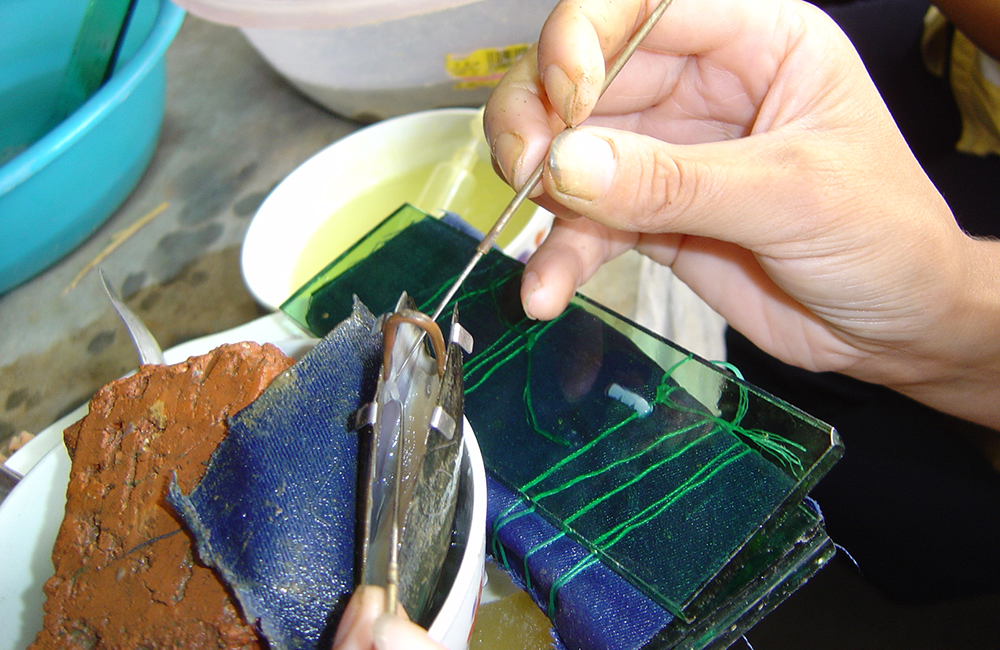
Implantation
In contrast to the rare natural pearls that grow accidently, people initiate the growth of cultured pearls by cultivating oysters or mussels with a nucleus to produce pearls.
This process requires specific skills. During a tedious and delicate operation, the oyster is briefly opened, the nucleus and a piece of mantel tissue is placed inside then closed again and then put back into the sea. After this operation, nature does its job to produce a pearl, a 2 – 4- year process depending on the kind of mollusc used. Because of seaweed, parasites, and other influences, great efforts must be taken to regularly care for the mussels.
Cultivation zones
Akoya Cultured Pearls
grown in the bays of southern Japan for over 100 years; today, also grown in China and Vietnam; the mussels used are Pinctada Martensii.
South Sea Cultured Pearls
grown off the sea shores of Australia, Indonesia, the Philippines and Myanmar; the tropical mussel, Pinctada Maxima, is white to golden-lipped.
Tahiti Cultured Pearls
cultivated in the black-lipped oyster, Pinctada Margaritifera, in the south sea around the archipelago of Tahiti (French Polynesia).
Freshwater Cultured Pearls
currently mainly cultivated in China in the two different mussels: Hyriopsis Cumingi and Hyriopsis Schlegeli.
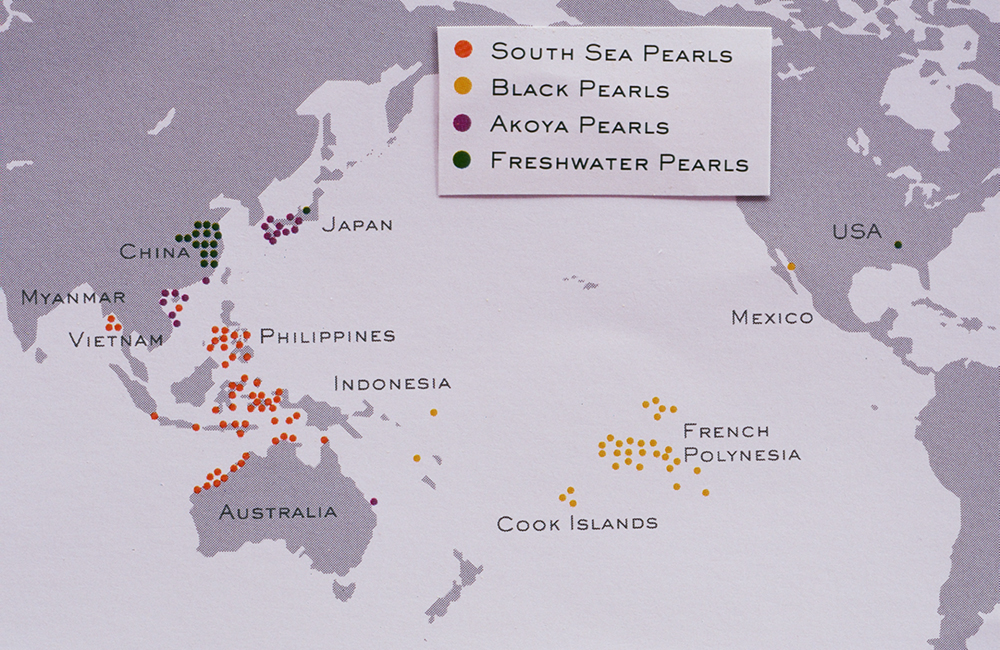
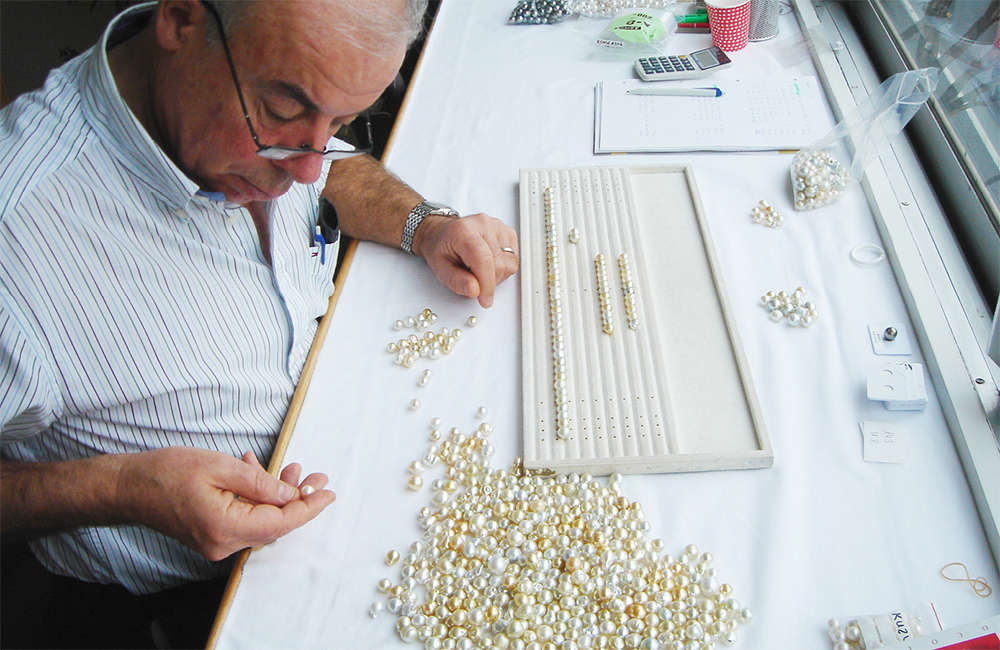
Pearl trade
Over 50 years ago, Thomas Frieden and partner René Lauper started to import and sell wholesale cultured pearls directly from Asia. Since then, they visited countless pearl farms in producing countries and built up personal connections with many producers. Over the years, Frieden grew to be one of the most important pearl importers in Switzerland. In addition to regular cultured pearls, such as Akoya- Southsea-, Tahiti- and Freshwater pearls, Frieden always has rare and unusual pearls. Each pearl necklace becomes a unique one-of-a-kind piece of jewellery that is harmoniously selected with great skill according to size, shape and colour. Unusual single pearls inspire our goldsmiths to create exquisite creations. Our trademark on the seal, the magpie, guarantees the quality and competence of our gemmologists and pearl specialists.
